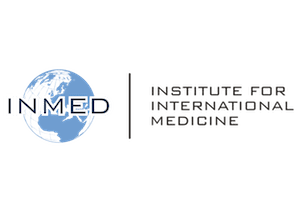Overview
Shenyang, in northeastern China, is home to one of that country’s first family medicine residencies. Visiting medical students and residents assist an American family physician and Chinese residents from the Chinese Medical University in serving the medical needs of local citizens. Medical care is provided at two urban outpatient clinics, a 100-child orphanage, and several rural sites in nearby areas.
Visitors serving with LIGHT will be able to communicate adequately in English, given that all the LIGHT physicians speak English, as does most of the staff. In addition to medical service, visitors to Shenyang can enjoy its numerous famous attractions, including the Imperial Palace, Zhao Ling Tomb, Fu Ling Tomb, the Water Caves, a botanical garden, and several scenic mountain sites.
